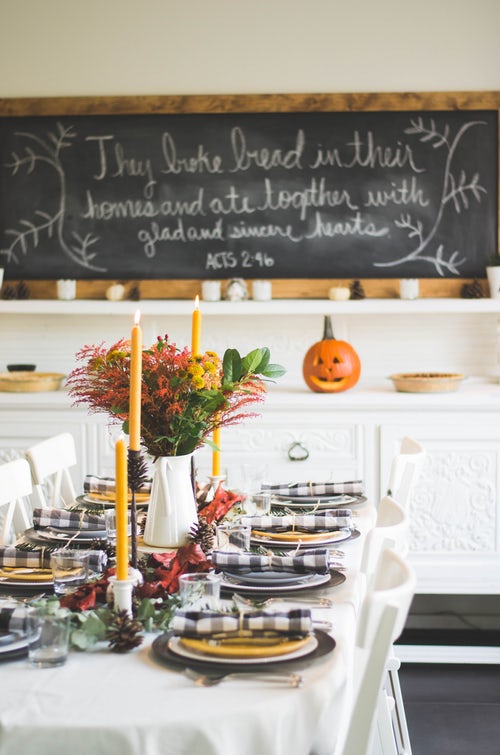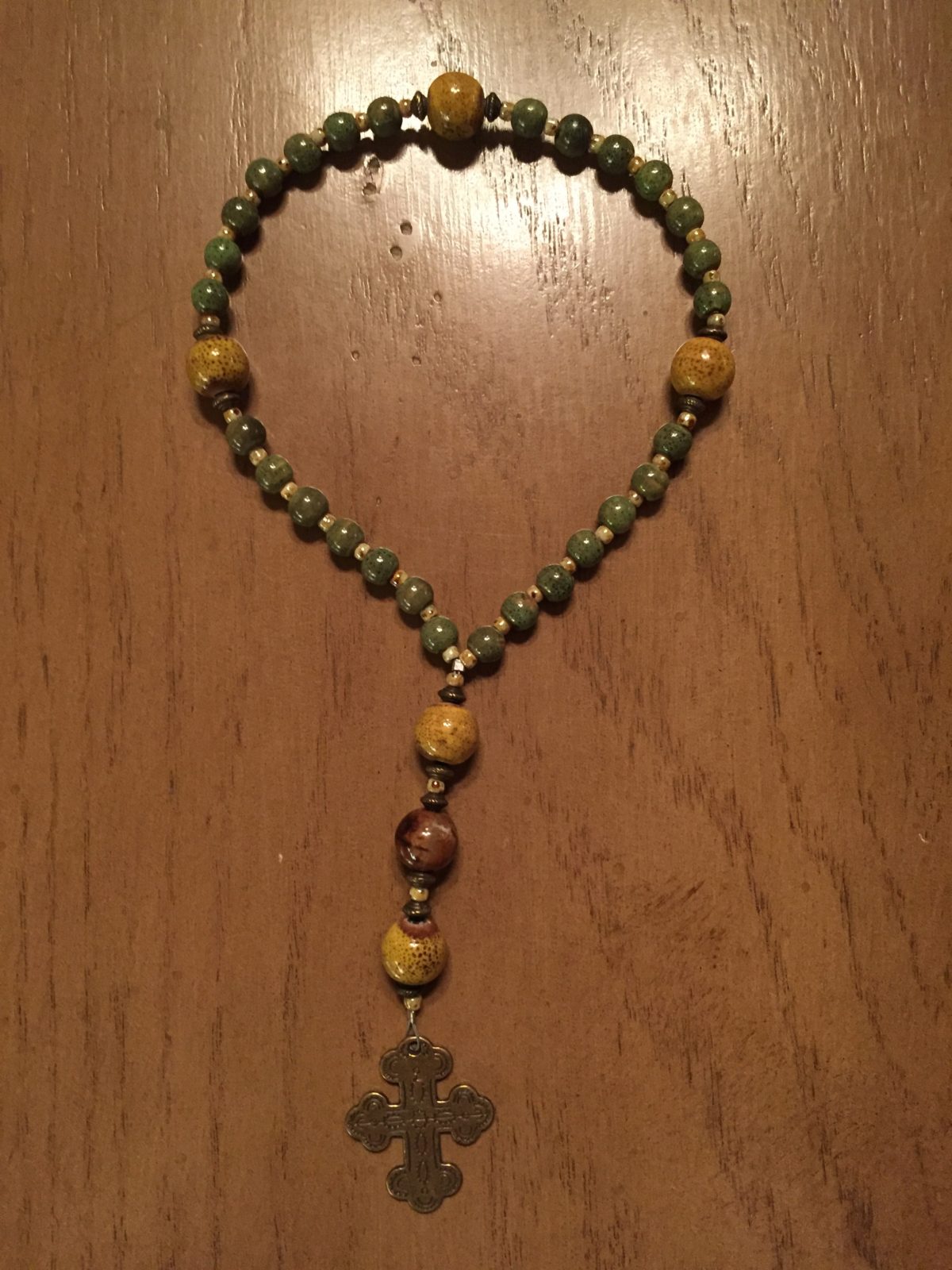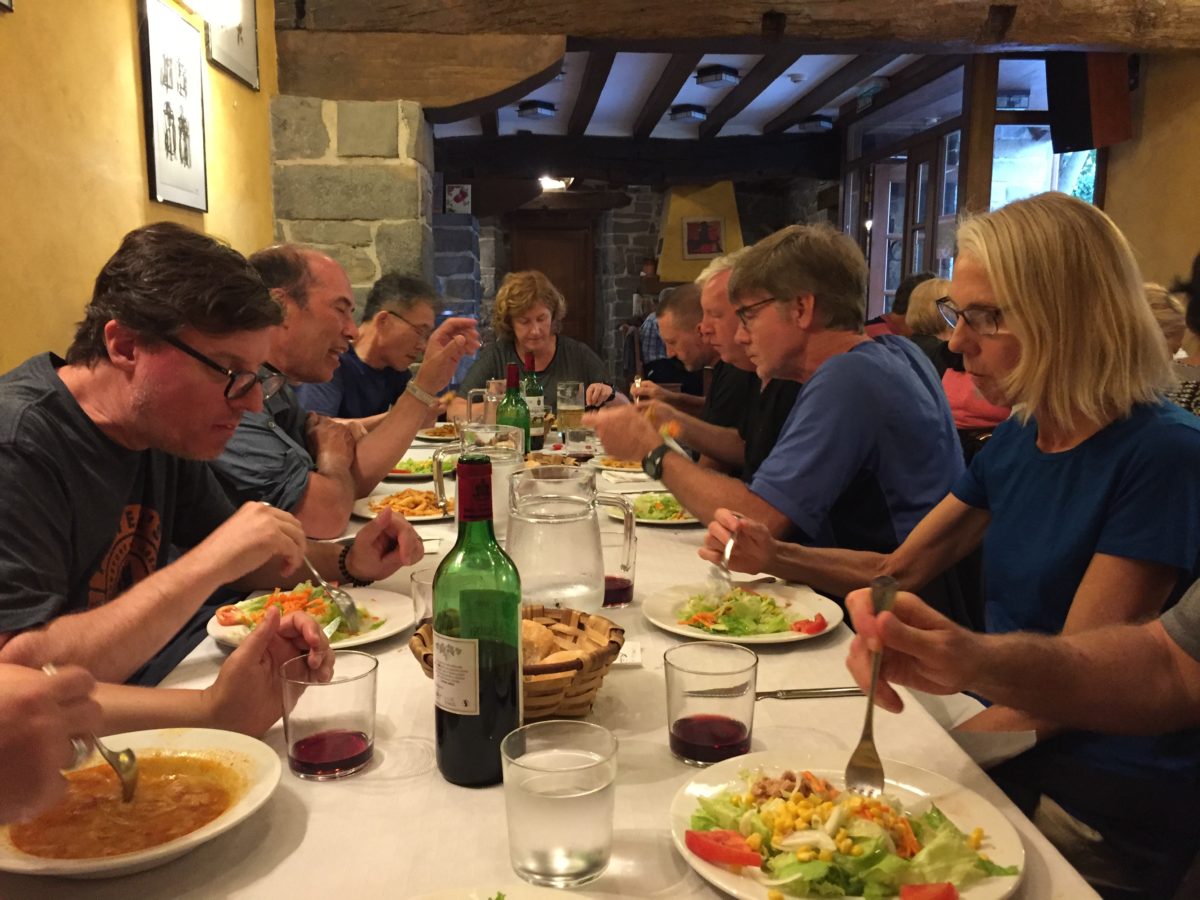If you decided to keep a gratitude journal once a week for 10 weeks, how do you suppose that might affect your gratitude levels? What about writing a gratitude or thank you letter to someone?
Researchers are finding that gratitude and gratitude activities are having significant effects on physical fitness, self-esteem, heart patients, the chronically ill, depressed and suicidal patients, and with relationships and in the workplace.
Gratitude is a prescription for a healthy heart—
A 1995 study found that participating patients that experienced appreciation had improvements in heart rate variability, a function associated with good heart health.
More grateful people also report better physical health. They tend to:
- engage in healthy activities
- seek help for their health issues
- sleep better and longer
Heart and heart attack patients who have higher levels of gratitude do better in sleep, have less fatigue, enjoy lower levels of cell inflammation, and greater improvements in emotional well-being.
Higher optimism and gratitude have also been associated with higher adherence to following medical recommendations.
Chronic pain patients and those with chronic illnesses like arthritis or inflammatory bowel syndrome tend to experience less depression and anxiety and enjoy better sleep when they have higher levels of gratitude.
And gratitude may actually prevent chronic illness from occurring.
Gratitude interventions—
In 2003, Emmons and McCullough found that the participants they had in the study record 5 things they were grateful for (“counting blessings” or “gratitude journaling”) every week for 10 weeks reported a lot more time exercising ad noted fewer physical complains than the participants assigned to write down 5 hassles or 5 daily events.
Gratitude may improve sleep!
Research indicates keeping a gratitude journal improves your sleep.
Maybe doing a gratitude check before bed primes your brain and body chemicals for a peaceful, restful night.
Gratitude journals may also improve cardiac health.
Grateful people tend to enjoy life more and have greater feelings of well-being.
Gratitude and materialism—
A few studies suggest that more grateful people are less materialistic, which may be because they’re more satisfied with their lives.
But one study showed that people who were both materialistic and high in gratitude did not have lower life satisfaction. They were just happy, grateful materialists!
Gratitude and avoiding burnout—
Studies indicate that gratitude may help employees and athletes avoid burnout; but burnout may dampen feelings of gratitude.
More reasons to start counting your blessings—
We need to really take this blessing counting seriously, as more studies have found that being grateful and demonstrating gratitude in some way had the following effects:
- improved people’s life satisfaction
- improved
- alleviated depression symptoms in the severely depressed
- increased optimism
- increased happiness
- decreased body dissatisfaction in women!
- an increase of trust and positive emotions during a financial transaction
Pull out those thank you cards and start writing!
The research showing the multitude of benefits from thank you card writing is impressive. People who do it show higher levels of gratitude. And actually reading the letter to the recipient may really crank up the happiness scoreboard AND decrease depression.
In numerous studies, writing thank you notes and letters had a significant effect on the writer’s feelings of gratitude and resulting life satisfaction and happiness.
Be grateful to broaden your mind—
It also turns out that gratitude tends to increase your creativity, especially when thinking about an activity that will benefit others.
And gratitude can enhance social bonds and friendships.
And the list goes on and on!
Gratefulness can cause people to:
- play more
- be creative
- push their limits
- increase their psychological and social resources
- cancel out negative thoughts
- increase and improve coping mechanisms
- re-cast negative events in a positive light
- put effort into positive behaviors, which in turn leads to self-improvement behavior
- improve their relatedness (being and feeling connected)
- improve their feelings of autonomy (and being empowered and in control)
- improve their feelings of competence
- decrease their stress levels or perception of stress
- decrease their depression
- decrease their anxiety
- experience fewer suicidal thoughts and attempts at suicide
- have a decreased fear of death
- be able to respond better to traumatic life events
- show more humility
- have more wisdom
- enjoy pro-social behavior
- increase their sense of purpose in life
- increase their sense of satisfaction in school
- improve their relationships
- foster more and better relationships
- improve workplace atmosphere and relationships
With all of these amazing benefits associated with attitudes of gratitude and gratefulness, and demonstrating gratitude through behavior and thank you card writing, why would you put off putting them into practice? Of try to make it a habit, or a fundamental, frequent practice in your life?
It just appears that gratitude makes you an all-around better, happier and probably more productive and engaging person. Someone other people gravitate toward and want to be with and like.
So as we say goodbye to the official gratitude month of November, and look forward to one of the days on the calendar we should be most grateful for, let’s try to put some of these gratitude-building activities into practice.
Preparing our grateful hearts for the One who loves us most!
Until next week, when we’ll start looking at just how much He does love us and the power of love,
Keep making entries into that gratitude journal, or maybe ask for a special one for Christmas!
For more in-depth study on gratitude research, see Greater Good Science Center’s gratitude white paper.
Blessings,
Andrea
May you prosper in all things and be in health, just as your soul prospers (3 John 2).
Thank You Light by Morvanic Lee on unsplash





